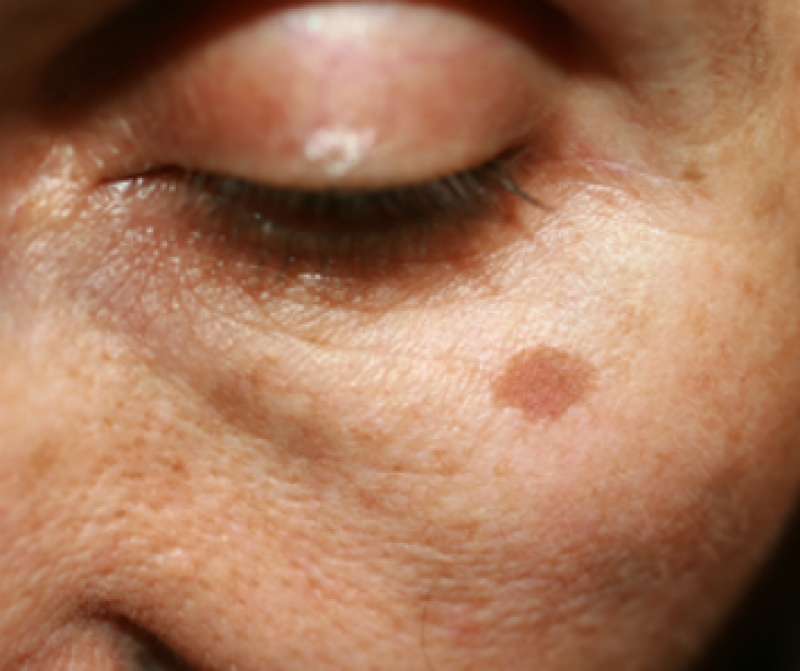-
Your concerns
Our articles to help you gain a better understanding
-
Our solutions
-
DUCRAY Dermatological Laboratories
Our articles to help you gain a better understanding

Hyperpigmentation is an uneven pigmentation of the skin that leads to the formation of brown spots. Solar lentigo, also called senile lentigo or age spot, is a very common form of hyperpigmentation, strongly associated with the phenomenon of skin aging and sun exposure.
Skin aging is one of the main causes of hyperpigmentation, it results in the formation of brown spots combined with other signs of aging, such as wrinkles and loss of firmness.
Under the effect of the sun, skin aging accelerates, hence the term skin photo-aging, which is at the origin of solar lentigines.
Other factors appear to also be involved in aging and photo-aging, such as pollution.
Solar lentigines appear mainly on areas exposed to the sun, i.e. the face, neck, décolleté, forearms and backs of the hands.
Solar lentigines affect both men and women, and fair and dark skins, generally from the age of 45.
Some people may find it difficult to accept their solar lentigines because the marks are unattractive, permanent, and are a sign of aging.
The sun increases the likelihood of marks on the skin because it stimulates melanin production. These are described as brown spots caused by the sun or sun spots on the skin.
The sun will make a pregnancy mask worse by combining with the hormonal upheavals occurring in pregnant women.
Many people think that brown spots appear on the skin after sunburn. In reality, repeated sun exposure is enough to cause brown spots. Hence the benefit of applying effective sun protection throughout the year.
Hyperpigmentation